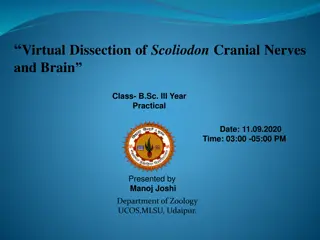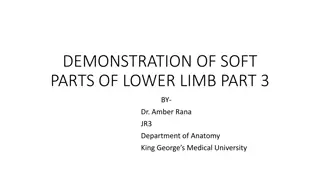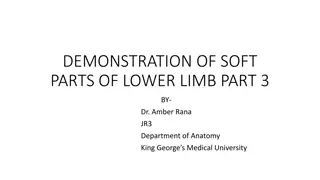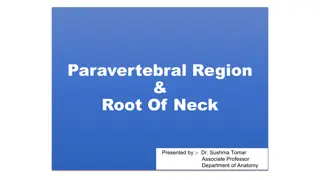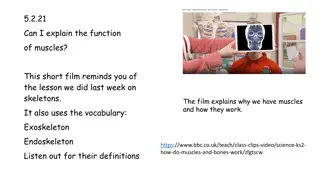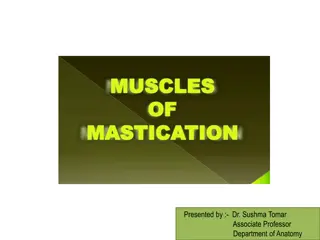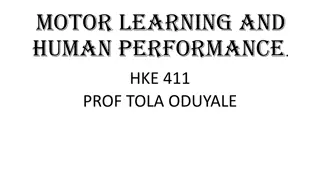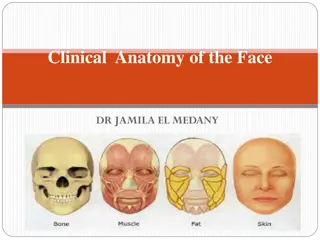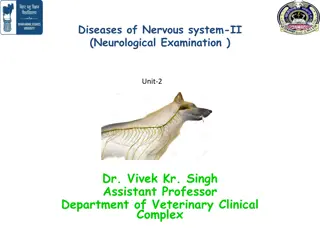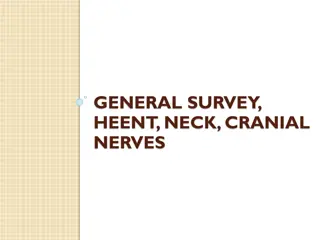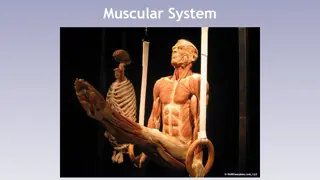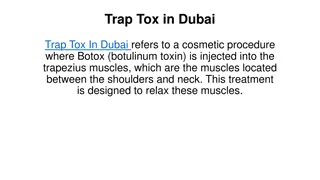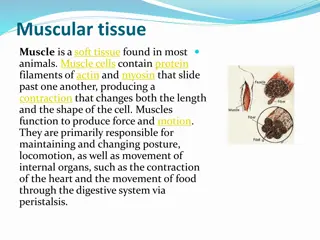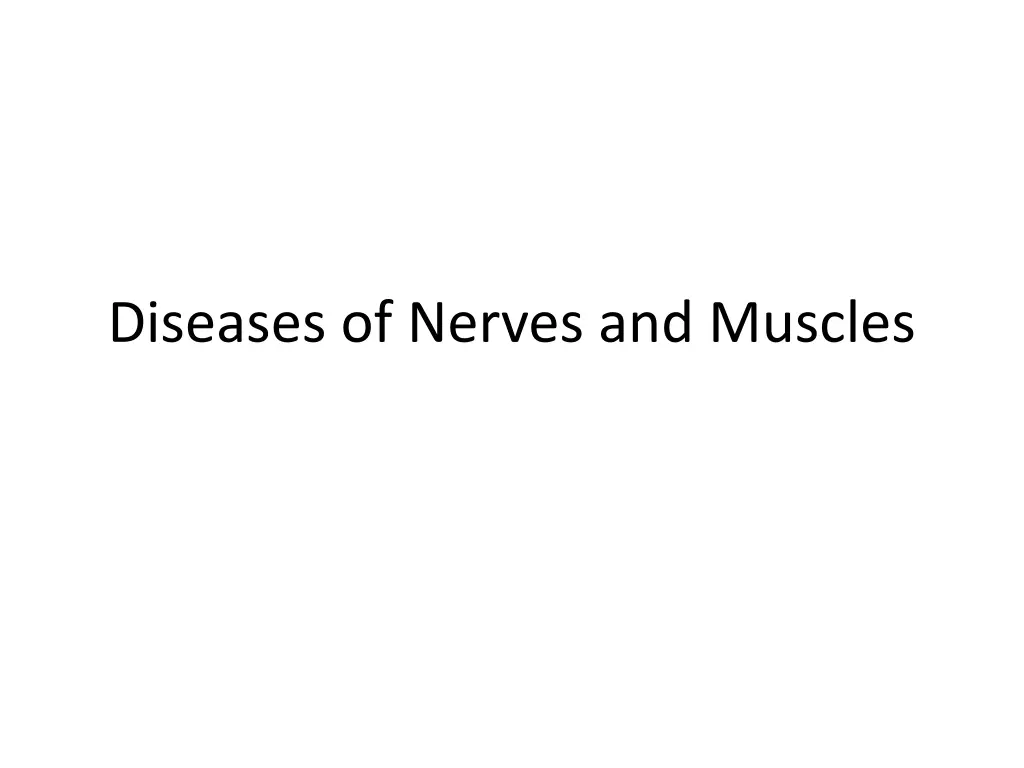
Understanding Nerve and Muscle Diseases: Diagnosis and Symptoms
Discover the diagnosis methods and symptoms of nerve and muscle diseases, including the minor starch iodine test for gustatory sweating and the visual disturbances associated with demyelinating lesions. Learn about important signs like Uhthoff's sign and Marcus Gunn's pupillary sign that help in identifying these conditions. Explore the visual aids and explanations provided in the slides to gain a deeper understanding.
Download Presentation

Please find below an Image/Link to download the presentation.
The content on the website is provided AS IS for your information and personal use only. It may not be sold, licensed, or shared on other websites without obtaining consent from the author. If you encounter any issues during the download, it is possible that the publisher has removed the file from their server.
You are allowed to download the files provided on this website for personal or commercial use, subject to the condition that they are used lawfully. All files are the property of their respective owners.
The content on the website is provided AS IS for your information and personal use only. It may not be sold, licensed, or shared on other websites without obtaining consent from the author.
E N D
Presentation Transcript
Diagnosis Minor s starch iodine test can be used to demonstate area of gustatory sweating Iodine is applied on pts face and allowed to dry Starch is then lightly applied to regions of interest After a sialogogue is given, pt begins to sweat in areas of involvement Wetting the starch and iodine, the sweat will turn the involved areas black, thereby delineating the distribution of affected area
Depends on site of demyelinating lesion Visual disturbances 2ndcr nerve Color blindness and diplopia 3, 4, 6 cr n Uhthoff s sign rapid vision loss following a rapid body temperature increase ass with strenous exercise Marcus Gunn s pupillary sign bright light is shown into each eye separately, when light is moved from normal to affected eye, pupil of later dilates
Weakness or paresthesia of extremities, with increase in deep tendon reflexes is common early finding Other signs include, bladder dysfunction, euphoria, ataxia, vertigo, and gen incoordination Treatment: long term immunosuppressants reduces the frequency of replase in pts with MS

